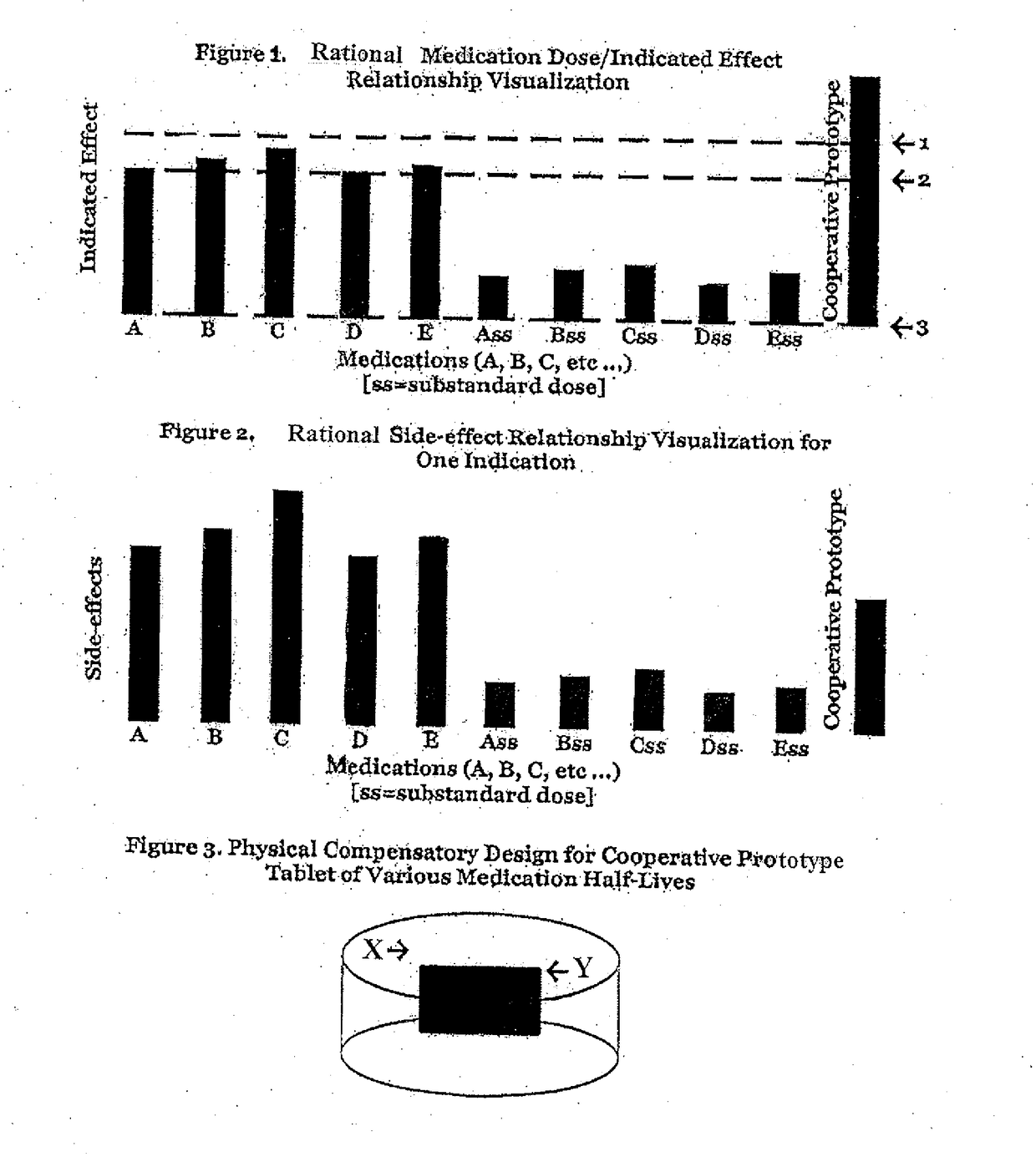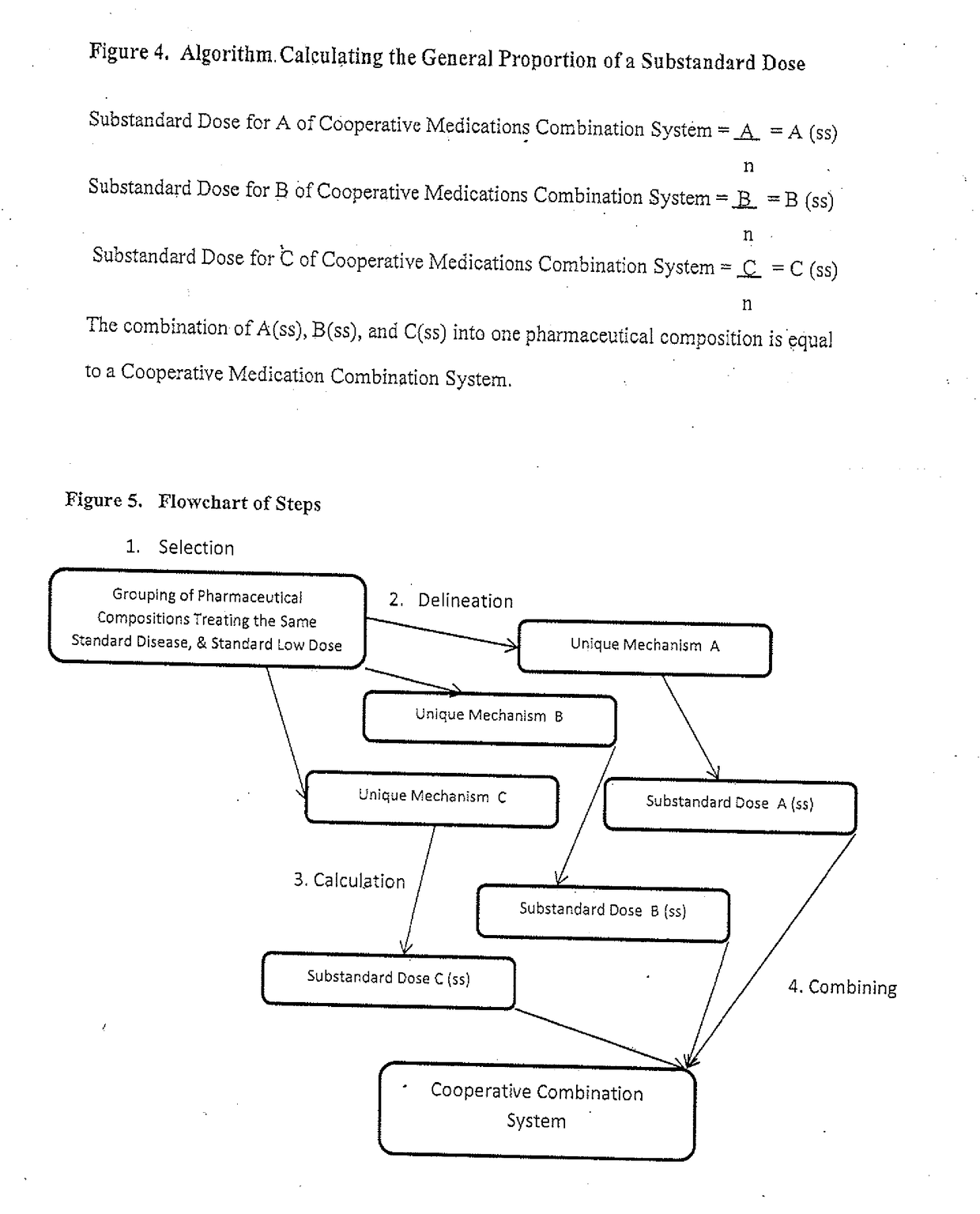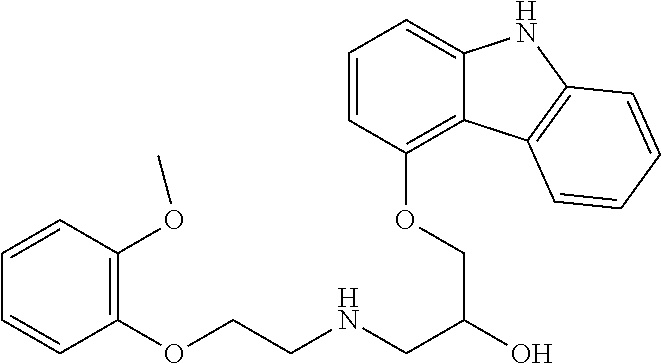In other words, it may appear the method making, treating or even dosing diseases such as common illnesses of uncomplicated hypertension,
diabetes mellitus,
dyslipidemia, symptoms of depression, etc. are so distinct they have no practical utility related to each other.
Distinct techniques of improved parenting exist, with distinct pitfalls.
No technique has been proven best, but the timing of applying any technique appears critical.
With these novel mechanisms of pharmaceutical chemical therapy have come novel side-effects, often unwanted side-effects.
Consequently, there is a glut of fractionated instances of attempting to treat the totality of a given complex
pathological condition, but no enhanced method to better capture a greater potential of the currently available
pharmaceutical technology.
When the
human body is attempted to be understood in relation to medication, then the oversimplifications can become markedly excessive.
The lack of fully understanding the relationship of medicine and the
human body has been further disconnected through profit marketing for
disease treatment, leaving a significant reality gap between the deeply intricate balance within the complexities of
human medicine.
Simultaneously,
disease treatment became more complex.
Perhaps the most damaging critique of modern medicinal knowledge is that profit has remained profit, but the fetish with such, as noted by keen social scientists, has appeared to heighten to such a degree that therapeutic sensibilities have become more significantly distorted along the way.
Such mechanisms are less unique for the more practical purpose of this patent.
This limited
receptor process, manipulated with potent doses, neglects the knowledge that too often many receptors are involved in a particular
disease process.
An overly predictive preoccupation with singular data points reflecting disease outcomes adequately, often represents highly intricate
efficacy manipulation, and is highly associated with the wasteful aspect of
modern medicine.
As it stands, the current model of medically treating a given condition lacks integrity.
From the IOM report, the extensive and costly ramifications of medical errors were exposed with considerable detail.
It is noted most medical errors occur at the level of prescribing pharmaceutical compositions, often involving dosing errors.
Research and development resources have been heavily skewed toward composing a single pharmaceutical compound, the current model referenced herein, and the
treatment options for the most studied, most profitable diseases have consequently become most excessive.
In other words, the less than clinically significant distinctions among pharmaceutical compositions that are commercially available or otherwise allowable by various regulatory agencies are not well paralleled with this advanced method of disease based treatment.
The number of products available in the area of contraception illustrates a great deal of the current research and development model's lack of economic
sustainability.
In fact, the ISMP errors created by such patterned instances of abundant options likely outweigh the less than clinically significant variety of options available.
As is the case with hormonal therapy, the exceptionally intricate chemical balance of the
human body is likely not nearly as well understood as marketing current research would suggest.
One of the most successfully marketed and widely used medications was not handled with appropriate scrutiny for peculiar reasons.
Efficacy rates over extended periods are more of a
quality of life issue than the concern of modern corporate medicine processes, as corporate and regulatory agendas do not currently adequately coincide with quantified methods of extended
quality of life, especially insidious
chronic disease.
It is important to note that double / triple-blinded
placebo controlled clinical studies do not adequately capture
efficacy rates over extensive periods of time, periods of medicinal use lasting decades.
Periods of
extended time are lacking in the evaluation process in regards to standard
dose indication approval through regulatory agencies.
Otic, ophthalmic, nasal, injectable, rectal, and topical applications are likewise pharmaceutical dosage forms, but such medicinal instances of use are less as there are far fewer options than there are orally ingested mechanisms.
Doses below the designated effective
dose, below a
low dose, are understood to not be clinically effective in isolation, and are consequently not used as novel
effective treatment options, certainly not in combination.
Given that doses lower than an FDA designated
low dose are not alone deemed clinically effective, they are not typically manufactured as their use is not a standard of practice.
Homeopathy may appear to use substandard doses; however, it does so to such an extreme that the “active” chemical has been subject to such monumental
dilution that it has subsequently lost all rational efficacy, outside of psychogenic
placebo effects.
The ramifications, both therapeutic and also economic, are difficult to fully quantify.
The medications are even well understood when used together, albeit currently only at individually therapeutic or even a low potent
dose, often when treatment with a given single unique mechanism has proven inadequate.
 Login to View More
Login to View More 


